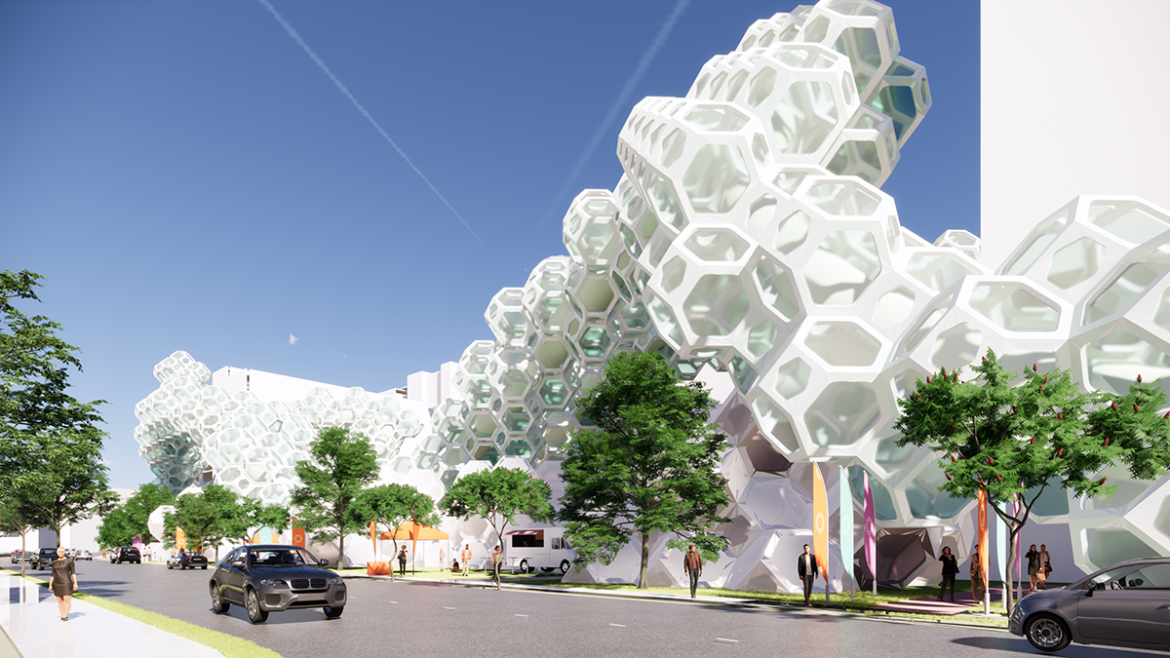Concepts of Architecture
Innovation in architecture has been defining the feature of societies since the ancient times. It has been gradually evolving according to the changing needs and requirements of builders and occupants. In today’s age, many innovative design concepts have emerged, which can help shape the future. These design ideas have been described below.
Silver Architecture
With the ageing population today, the society has to tackle the challenge of providing help and support to the people who require special care. The current building designs and hospitals are set up in such a way that it becomes difficult for older people to get around and be independent. This is a major challenge because older people compose a significant part of our society.
Research state that over a quarter of people aged 65 fall every year and suffer from injuries classified as fatal or critical. As a result, many people who would otherwise want to live independently are forced to stay in care-based facilities.
This where, silver architecture steps in; it aims to change this problem faced by old-age individuals. It offers sustainable, modern, and accommodating building designs. It does not transform age-related impairments into crippling disabilities.
Silver architecture efficiently integrates space planning, clear directional layouts, stress-reducing lighting, and techniques to reduce ambient noise. It also offers comfortable and accessible furniture, safe flooring, soothing colour combination, and interactive, health-focused interior.
Wounded Warrior Homes
Many soldiers, who return from war homes, suffer from debilitating injuries. For them, navigating even a typical accessible home can be a challenge. Focused on fulfilling the requirements of these warriors, the wounded warrior homes were constructed. These residences were designed by taking inputs from several war veterans. The primary focus of wounded warrior homes is to cater to the diverse needs of injured soldiers.
These homes are provided with various features keeping in mind physical disabilities. Wide doors and adjustable stove tops are some of the many amenities, which help the residents to stay comfortably. These houses are also designed with large windows and dedicated therapy rooms to help with trauma recovery.
Dementia Village
Dementia is a disease, which not only affects the people who suffer from it, but also their families and friends. It has physical, psychological, and social impact on careers, families, and societies. Situated at 10 miles outside Amsterdam, Hogeway, also known as dementia village, offers a haven for people suffering from dementia.
This town has been designed keeping in mind the requirements of all the patients. The nurses and caretakers act as fellow town people to provide the much-needed care to these patients and to keep them healthy and safe.
The dementia village creates an environment, where people require less medication and less medical intervention. The concept behind this design is to value the person and to support them to live their life as usual, as they can do anywhere else.
Zootopia
Zoos play an important role in conserving wildlife and in various research purposes. However, there are certain shortcomings in their design, which leave a lot to be desired. The cages and concrete enclosures do not exactly give the animals an experience of their natural habitat. This, in turn, raises several ethical concerns.
To meet these modern requirements, zootopia has emerged. This zoo’s design is reimaging the designs of a regular zoo and that of a natural safari. In this structure, visitors will be placed in enclosed areas, instead of keeping animals in cages.
The viewing locations will be disguised in order to minimize human interaction with animals. The main goal of this structure is to provide zoo animals with as natural of an environment as possible. Everything from the animals’ feeding stations to their shelters is designed to provide a natural look and experience.
Eco-Friendly Concrete
Concrete is one of the most commonly used materials by mankind. With the passage of time, its demand has gradually increased, and so has its environmental impact. Research states that the cement sector is the third-largest energy consumer in the world and second industrial emitter of carbon dioxide in the world.
In light of these research results, many companies are focusing on developing better concrete. The science and engineering professor of Rutgers University, Professor Richard E. Riman developed a technology to make concrete that stores CO2. Riman then founded Solidia Technologies Inc. in 2008 to produce cement which can reduce carbon footprint of cement and concrete by up to 70%.
Innovations in architecture are endless with vast future possibilities. With changing times, modern technologies, and advanced processes, the architecture sector is witnessing massive transformations. Marching ahead, this sector will go through even more such developments, which will lead this sector towards excellence.
- Ananda Kamal Das
Read More Blogs: Click here

